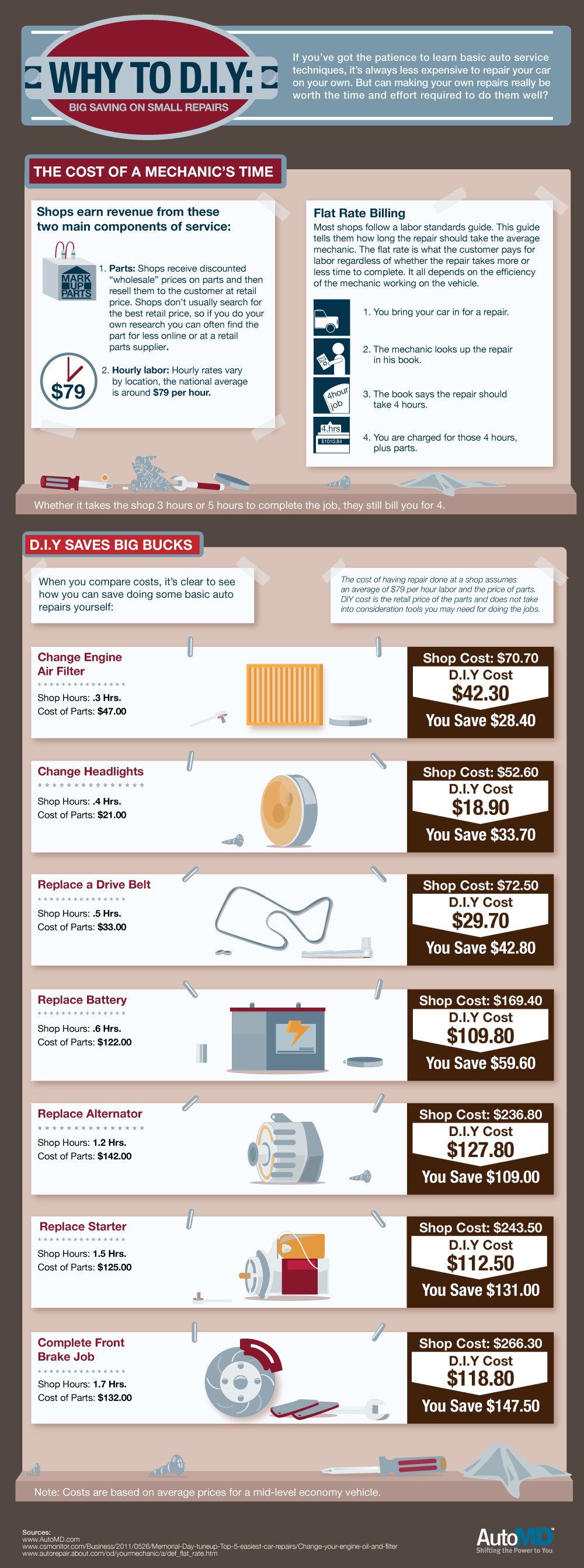Comprehending Your Car'S Warning Lighting: What Do They Actually Mean?
Comprehending Your Car'S Warning Lighting: What Do They Actually Mean?
Blog Article
Write-Up Writer-Faulkner Forbes
When you lag the wheel, those beautiful caution lights on your dashboard can be a bit complicated. Do you recognize what they're trying to tell you concerning your vehicle's wellness? Recognizing the significance of these lights is essential for your security and the long life of your automobile. So, the next time among those lights pops up, would not you wish to decode its message precisely and take the necessary steps to address it?
Common Warning Lights and Interpretations
Determine usual warning lights in your car and comprehend their significances to make certain secure driving.
The most regular caution lights consist of the check engine light, which signals problems with the engine or exhausts system. If you can find out more begins, it's crucial to have your vehicle inspected without delay.
om detailing cautioning light shows reduced oil pressure, requiring prompt attention to prevent engine damages.
A blinking battery light may suggest a defective billing system, potentially leaving you stranded otherwise resolved.
The tire pressure monitoring system (TPMS) light alerts you to reduced tire pressure, influencing automobile security and fuel effectiveness. Ignoring this can cause unsafe driving problems.
The ABS light indicates a trouble with the anti-lock braking system, compromising your ability to quit quickly in emergencies.
Finally, the coolant temperature advising light warns of engine getting too hot, which can cause severe damage otherwise settled promptly.
Recognizing these typical warning lights will assist you attend to concerns quickly and maintain safe driving conditions.
Importance of Prompt Focus
Recognizing the usual caution lights in your cars and truck is just the initial step; the importance of promptly attending to these warnings can't be stressed enough to guarantee your safety when traveling.
When a warning light brightens on your dashboard, it's your vehicle's way of connecting a potential problem that requires attention. Ignoring these warnings can cause much more extreme problems later on, endangering your safety and potentially costing you a lot more out of commission.
Motivate interest to cautioning lights can prevent malfunctions and accidents. For example, a blinking check engine light could show a misfire that, if left unattended, could trigger damages to the catalytic converter. Resolving this quickly can save you from a costly fixing.
In a similar way, a brake system advising light may indicate reduced brake liquid or worn brake pads, important elements for your safety when driving.
Do It Yourself Troubleshooting Tips
If you observe a caution light on your control panel, there are a couple of DIY repairing pointers you can try before seeking specialist help.
The primary step is to consult your cars and truck's manual to comprehend what the particular warning light indicates. Occasionally the issue can be as simple as a loosened gas cap setting off the check engine light. Tightening up click here for info might resolve the trouble.
One more common concern is a low battery, which can trigger various alerting lights. Inspecting the battery links for rust and ensuring they're safe and secure might take care of the trouble.
If a caution light continues, you can try resetting it by separating the auto's battery for a few minutes and after that reconnecting it. In addition, checking your lorry's fluid levels, such as oil, coolant, and brake fluid, can help troubleshoot alerting lights associated with these systems.
Final thought
To conclude, understanding your vehicle's warning lights is vital for keeping your automobile running efficiently and securely. By without delay addressing these alerts and knowing what they indicate, you can stay clear of costly repair services and potential failures.
Keep in mind to consult your automobile's guidebook for particular details on each alerting light and do something about it as necessary to make sure a trouble-free driving experience.
Remain notified, remain risk-free when traveling!
